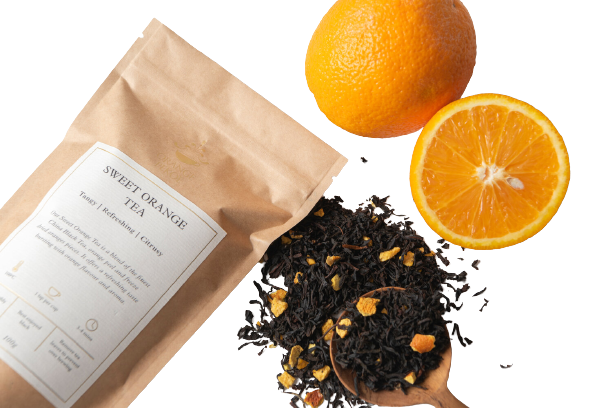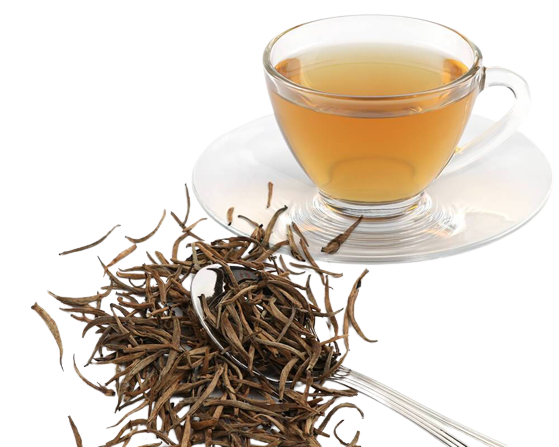History of Ceylon Tea
Sri Lankan tea (known for generations as Ceylon Tea) carries behind it a heritage and success story like no other. The story of Ceylon tea begins over two hundred years ago, when the country was still a British colony. In 1824 a tea plant was brought to Ceylon by the British from China and was planted in the Royal Botanical Gardens in Peradeniya for non-commercial purposes. Further experimental planting of tea had begun in 1839 with tea plants brought from Assam and Calcutta through the East India Company.
By 1965 Sri Lanka became the world's largest tea exporter for the first time. In 1963 the production and exports of Instant Teas was introduced and in 1966 the first International Tea Convention was held to commemorate 100 years of the tea industry in Sri Lanka. In the early 1970s, the government of Sri Lanka nationalized the tea estates owned by the British companies. In 1976 the Sri Lanka Tea Board was founded as was other bodies such as the Janatha Estate Development Board (JEDB), Sri Lanka State Plantation Corporation (SLSPC) and the Tea Small Holding Development Authority (TSHDA) to overlook the government acquired estates. It was in 1976 that the exports of tea bags also commenced.
Some of the different types of tea found in Sri Lanka are,
- Silver Tips
- Orange Pekoe
- Golden Tips
- Gunpowder
Why Ceylon Tea is Different?
The size of tea particles (known as the grade of tea) has no bearing on quality, and only influences strength. When we harvest tea leaves and make them into tea, we use the traditional, artisanal method – withering, rolling, and in the case of black tea fermenting and baking the leaf. While rolling, the leaf can become elongated and wiry, tightly curled or smaller particles which come out as OPA, Pekoe, BOP or finer Dust or Fannings grades.
A single batch of good leaf can yield several of these grades and whilst they would all be good, the only difference in the size of particles would be the strength. That is related to the surface area of the leaf when brewed with hot water. A teaspoonful of Dust tea can have four times or larger surface area than the equivalent quantity of OPA, and hence offer better extraction, and thicker, stronger brew.
Tea plantations of Sri Lanka are found in,
- Nuwara Eliya
- Uda Pussellawa
- Dimbula
- Uva
- Kandy
- Sabaragamuwa



